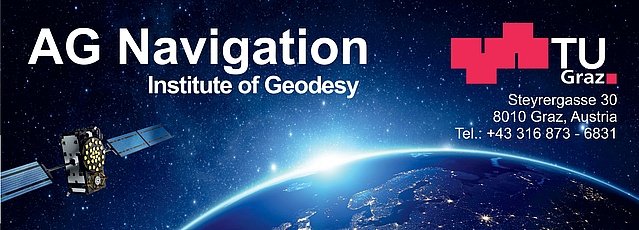Navigation

The Working Group Navigation focuses its research on the complete aspect of navigation, which means that the thematic work goes beyond the determination of positions and trajectories and also covers the sub-aspects of route planning and guidance. As far as Global Navigation Satellite Systems (GNSS) are concerned, the working group was involved in research and development from the very beginning. Regarding trajectory determination, the current topics mainly cover multi-sensor systems, i.e., the sensor fusion of GNSS (GPS, Glonass, Galileo), INS (Inertial Navigation System), cameras, LiDAR (Light Detection And Ranging), wheel odometry, etc., and optimal filtering (Kalman filter, particle filter, and Factor Graph Optimization). The working group owns a highly accurate Inertial Measurement Unit (IMU) which can be used as a sensor in multi-sensor environments and helps to verify cheaper and smaller sensors (MEMS, etc.). Since earth-related navigation is subject to the earth’s gravity field, another research area is the determination of the earth’s gravitational field with the necessity of the provision of geoid heights with high accuracy for local to regional applications.
Philipp Berglez
Steyrergasse 30/II
8010 Graz
Austria
Tel: +43/316/873-6830
pberglez@tugraz.at
